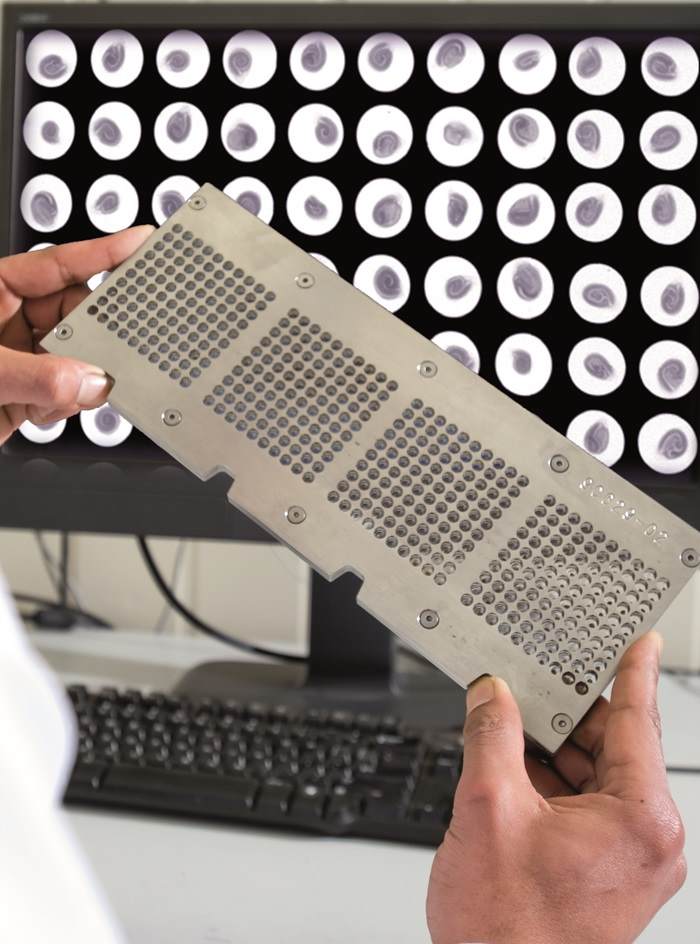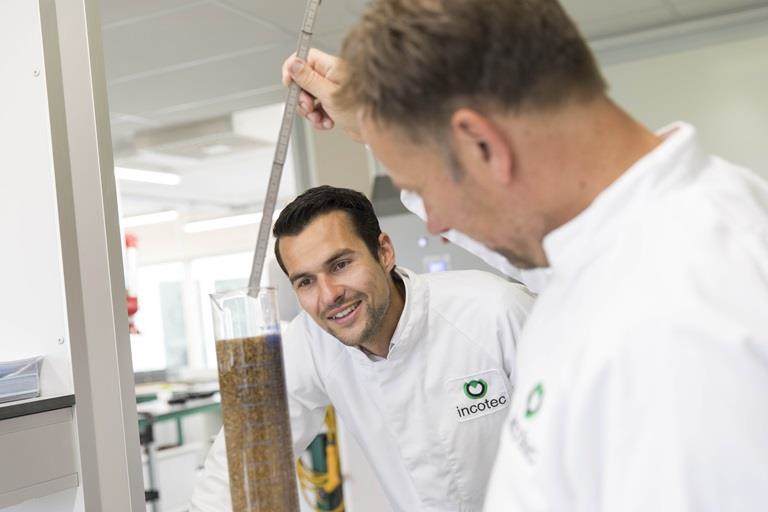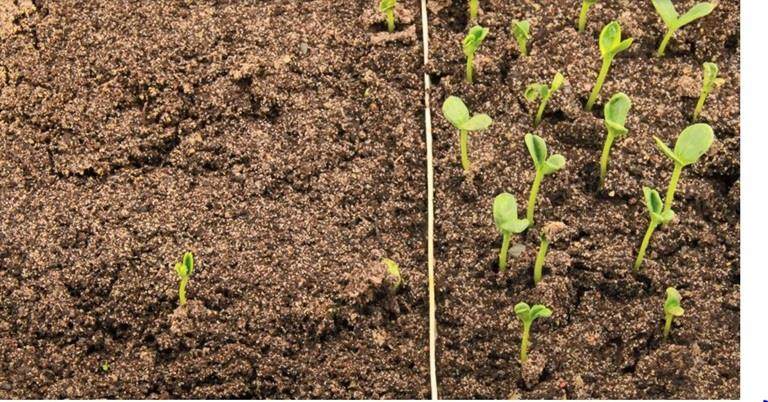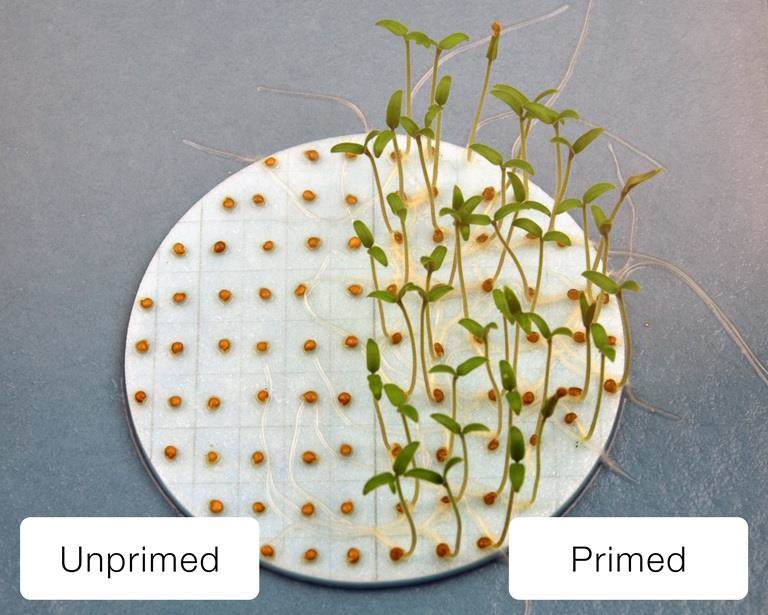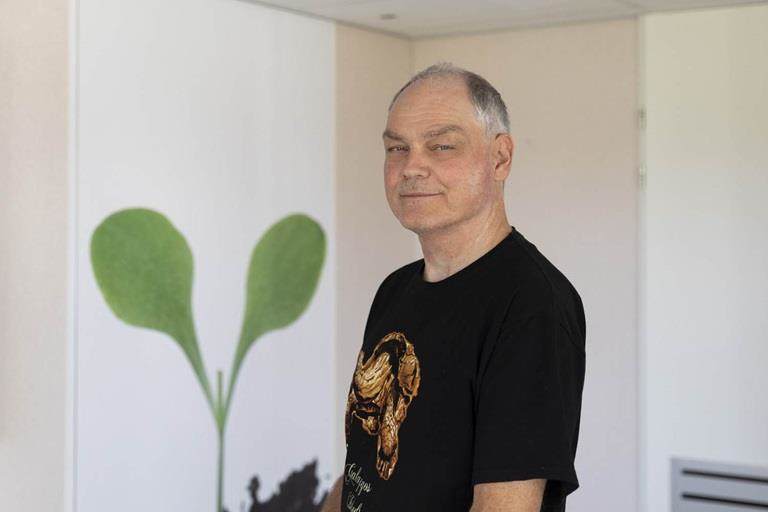Why priming is needed for X-ray upgrading
The priming of seeds for agriculture is one of the most powerful techniques in seed enhancement. But sometimes priming is performed merely as the means to an end: to enable X-ray upgrading, an advanced technology to select the best performing seeds. Why is that? Henry Bruggink, senior research scientist at Incotec, brings you up to speed.
X-ray upgrading technology
Since 2007, Incotec can upgrade tomato and rootstock tomato seeds using X-ray imaging. Upgrading means that seeds with the best germination potential are separated from seeds of lesser quality. Incotec was the first to introduce automated seed sorting systems using X-ray imaging. With the X-ray upgrading technology we look inside the seed to determine whether all the essential components are present and detect incompletely developed or damaged embryos.
The development of the first X-ray upgrading system took more than 10 years. Now, Incotec has 5 systems available. The effect of X-ray upgrading is not only an increase in the total germination, but also in useable transplants, i.e. the plant raiser can harvest more uniform seedlings. This fully automated sorting system is the most efficient seed upgrading to date. At present we offer X-ray upgrading products to significantly increase the percentage of useable transplants in a seed lot for tomato and rootstock tomato. The feasibility and cost effectiveness of X-ray upgrading for other crops is being studied.
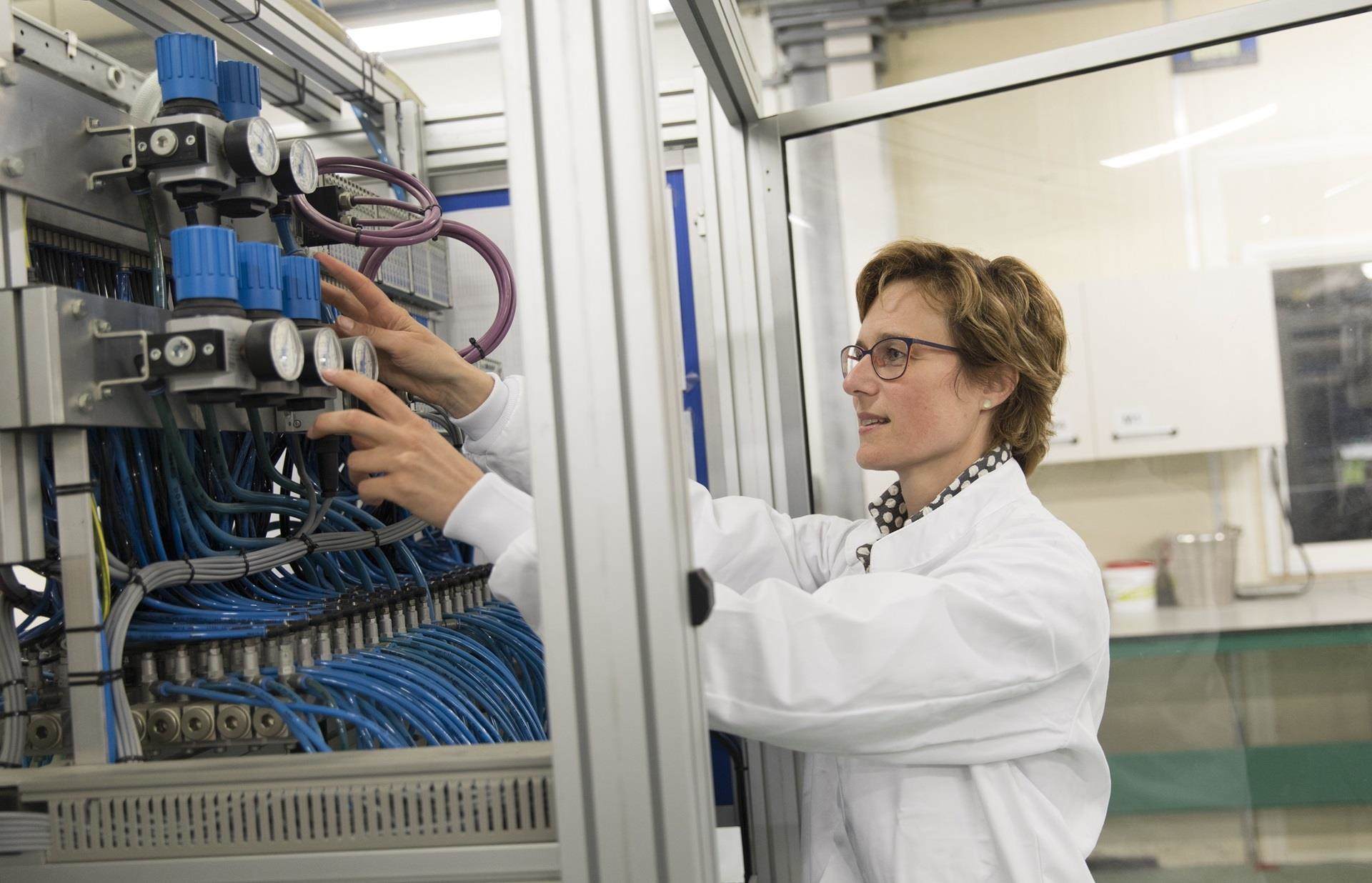
The importance of visualizing the embryo
The seed of tomato and rootstock tomato consists of an embryo that is surrounded by endosperm. A seed coat forms the outer layer. In order to clearly visualize the embryo, it should be separated from the endosperm. In a non-primed seed (Figure 1a) you can see that there is hardly any difference between embryo and endosperm and that it is nearly impossible to see which is which. X-ray upgrading of non-primed seeds of these species, therefore, cannot be done.
Priming and drying help to visualize the embryo
Priming and drying: a supporting role
After priming and re-drying, there is not only free space, but the embryo is clearly visible (Figure 1b). What probably happens during priming is that the living embryo absorbs water and expands, at the cost of the non-living endosperm. When the seed is dried, the embryo regains its original size, whereas the less flexible endosperm remains in its compressed status. Hence the embryo comes free from the endosperm, separated by free space. It is only when seeds are dried very slowly, that the endosperm also gets the chance to return to its original shape, and very little free space remains.
.jpg?h=275&w=272&la=en-gb&hash=A45D463BC45CE8758990573CD0C34AED)
Figure 1a (left) unprimed tomato seeds and 1b (right) primed tomato seeds.
Thus, priming and subsequent drying is necessary to obtain optimal X-ray pictures for tomato and rootstock tomato seeds. However, there are also species in which priming is not needed to give a good view of the seed interior. An example of such a species is watermelon. Like all cucurbitaceous crops, watermelon seeds are non-endospermic.
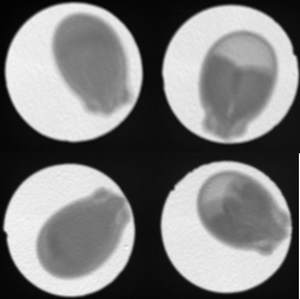
Figure 2: Unprimed watermelon seeds. (left ) With a fully developed embryo and (right) with a smaller, abnormal embryo.
Inside the seed coat is only an embryo, which can be visualized well using X-ray (Figure 2). For X-ray imaging, there is no need to prime the seeds.
Only after priming do you get what you see, and virtually all seeds that look good in an X-ray image, will give a useable transplant
Priming to optimize X-ray seed upgrading
And this brings us to the most direct effect of priming, i.e. increasing uniformity of germination. Priming results in a faster, but especially a much more uniform germination. Without priming, even when the internal structures are clearly visible, the germination of X-ray upgraded seed can still be erratic and the result will be a relatively low percentage of useable transplants. In other words, only after priming do you get what you see, and virtually all seeds that look good in an X-ray image, will give a useable transplant.
